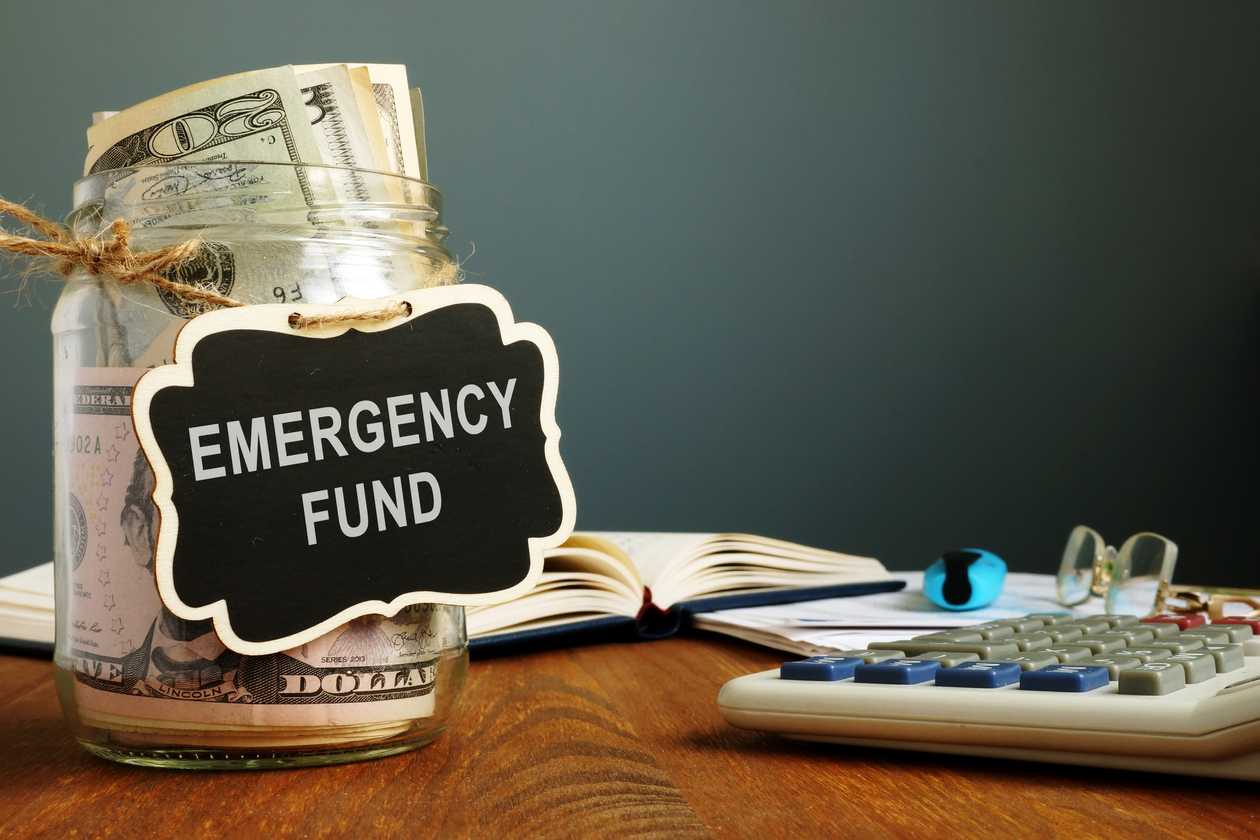Table of Contents
Introduction
Life is full of unexpected twists and turns, and that’s why having a solid emergency fund is crucial. An emergency fund provides financial security and peace of mind, allowing you to weather unexpected expenses and hardships without resorting to debt. In this step-by-step guide, we will explore the importance of building an emergency fund and provide you with actionable tips to create one that suits your needs.

Step 1: Set Clear Goals For Emergency Fund
The first step in building an emergency fund is to set clear and achievable goals. Assess your financial situation and determine how much you need to save. A good rule of thumb is to aim for three to six months’ worth of living expenses. Consider factors such as rent or mortgage, utilities, groceries, insurance, and any other necessary expenses.
Step 2: Create a Budget
To build an emergency fund successfully, you need to keep track of your income and expenses. Creating a detailed budget will help you identify areas where you can cut back on unnecessary spending and allocate more towards your emergency savings. Utilize budgeting apps or spreadsheets to make this process more manageable and track your progress.
Step 3: Open a Separate Savings Account
Keep your emergency fund separate from your regular savings account. By doing so, you’ll avoid the temptation to dip into it for non-emergencies. Look for a high-yield savings account that offers competitive interest rates, allowing your money to grow over time. Online banks often provide better rates and lower fees compared to traditional brick-and-mortar banks.
Step 4: Start Small, Stay Consistent
Don’t be discouraged if you can’t save the full amount immediately. Start small and be consistent in contributing to your emergency fund. Even setting aside a small percentage of your income each month can add up over time. Automate your savings by setting up automatic transfers to your emergency fund account to ensure you never miss a contribution.

Step 5: Increase Contributions with Windfalls
Take advantage of unexpected windfalls to boost your emergency fund. Tax refunds, bonuses, or any unexpected cash influx can be a great opportunity to add to your savings. Instead of spending these windfalls, allocate a portion or the entire sum directly to your emergency fund to accelerate its growth.
Step 6: Minimize Debt
High-interest debt can erode your emergency fund progress. Prioritize paying down debts, especially credit card balances, while still contributing to your emergency fund. By reducing your debt burden, you’ll free up more funds to channel towards your savings goals.
Step 7: Reassess and Adjust
Life is dynamic, and your financial situation may change over time. Reassess your emergency fund goals periodically and adjust them as needed. If you experience significant life events, like getting married, having a child, or changing jobs, update your emergency fund to reflect your new circumstances.

Step 8: Stay Disciplined
Building an emergency fund requires discipline and commitment. Avoid the temptation to use your emergency savings for non-essential expenses. Remind yourself of the peace of mind and financial security an emergency fund provides, which will motivate you to stay on track.
Conclusion
In conclusion, building an emergency fund is a critical step toward achieving financial stability. By setting clear goals, creating a budget, and staying consistent in your savings efforts, you can gradually build a safety net that will protect you during unexpected challenges. Remember, small contributions over time can make a significant difference, so start building your emergency fund today, and rest assured knowing you have a financial cushion to fall back on when life throws you a curveball.




